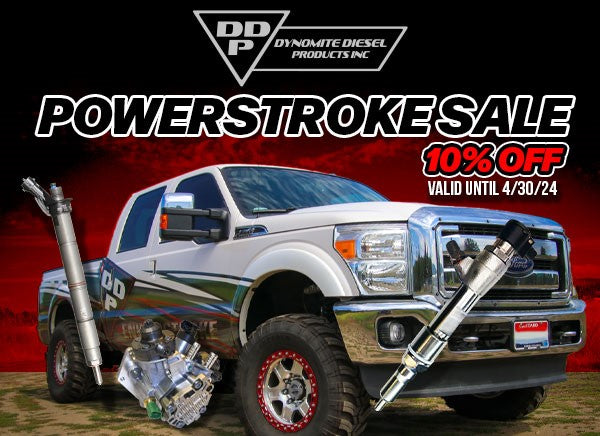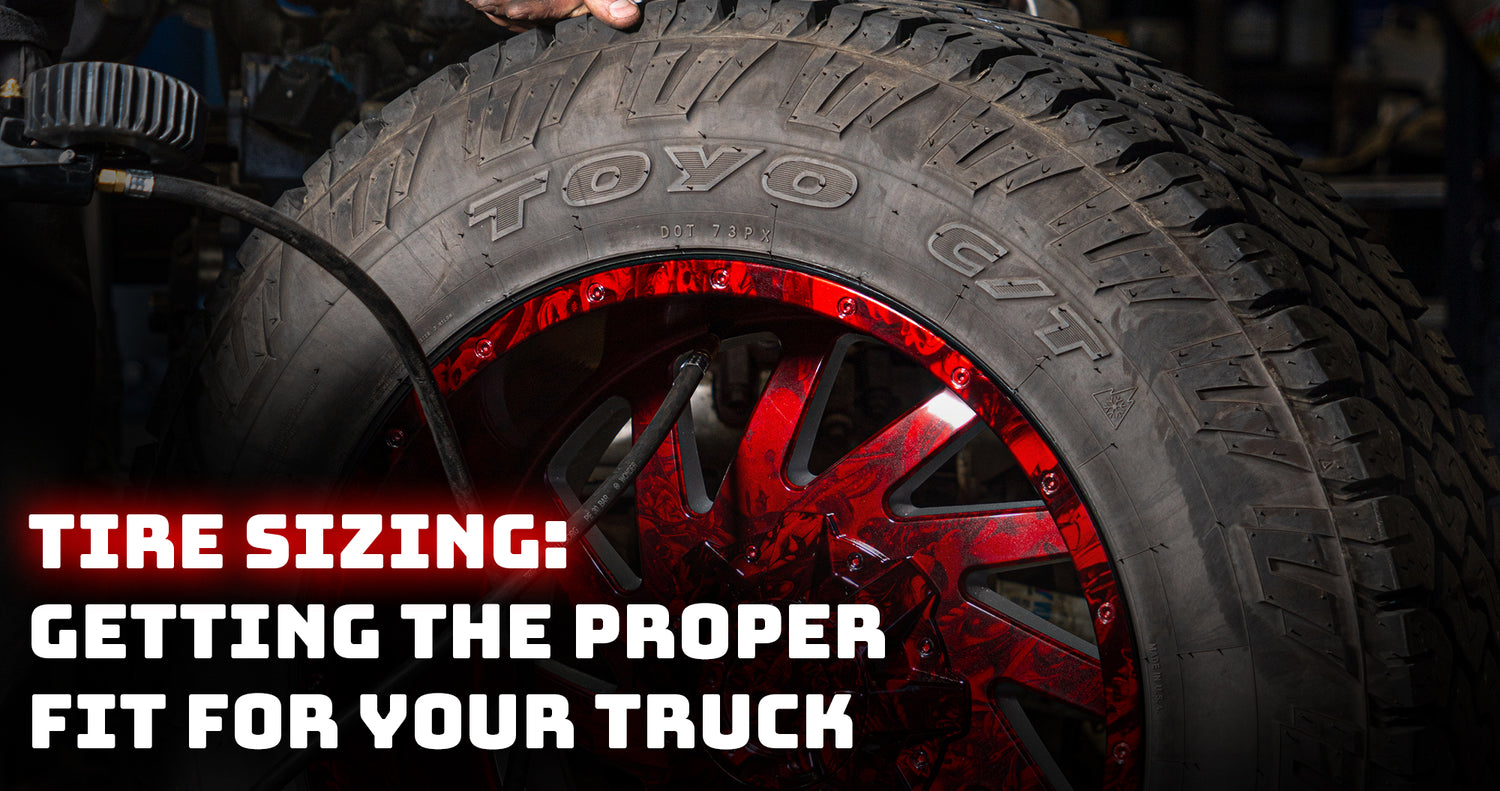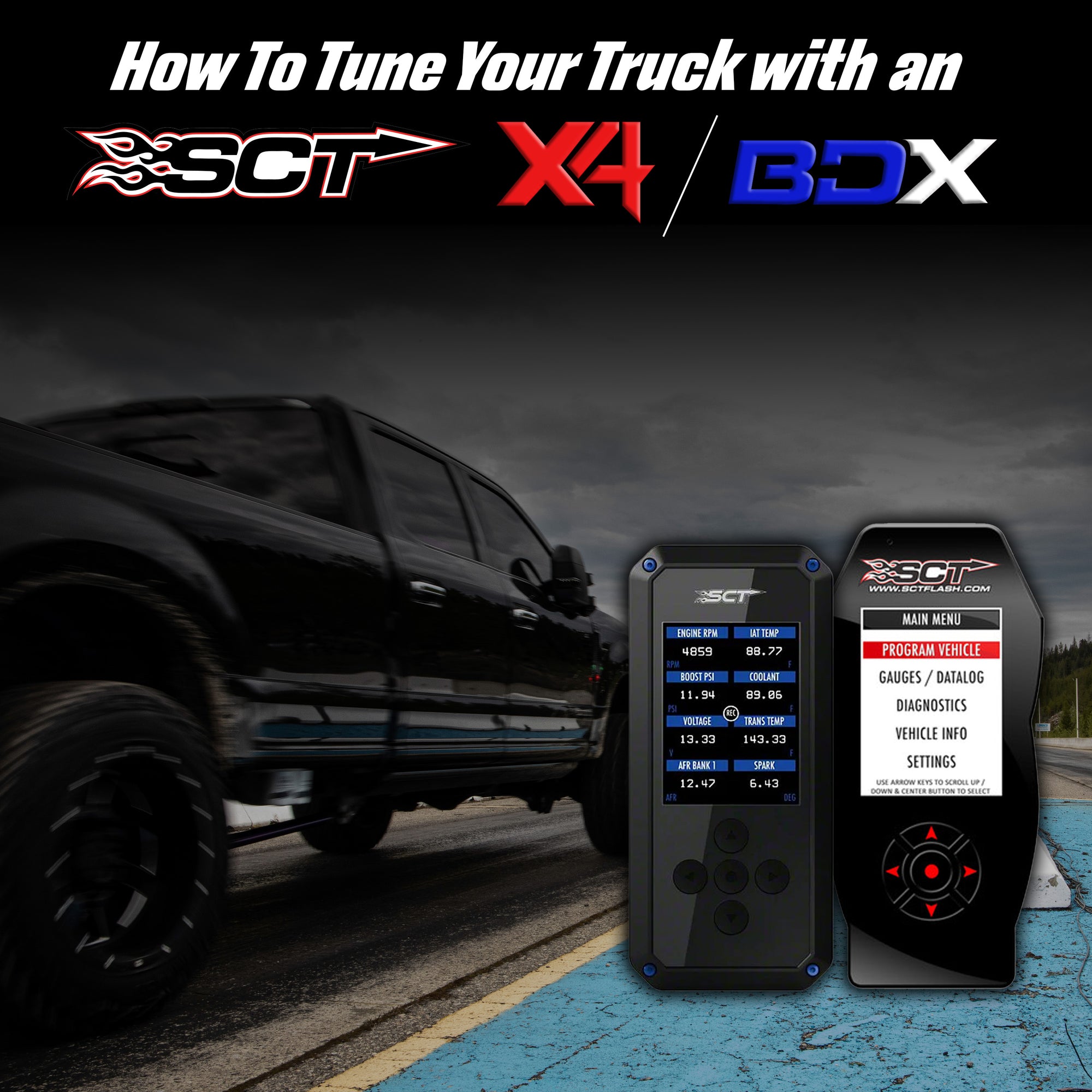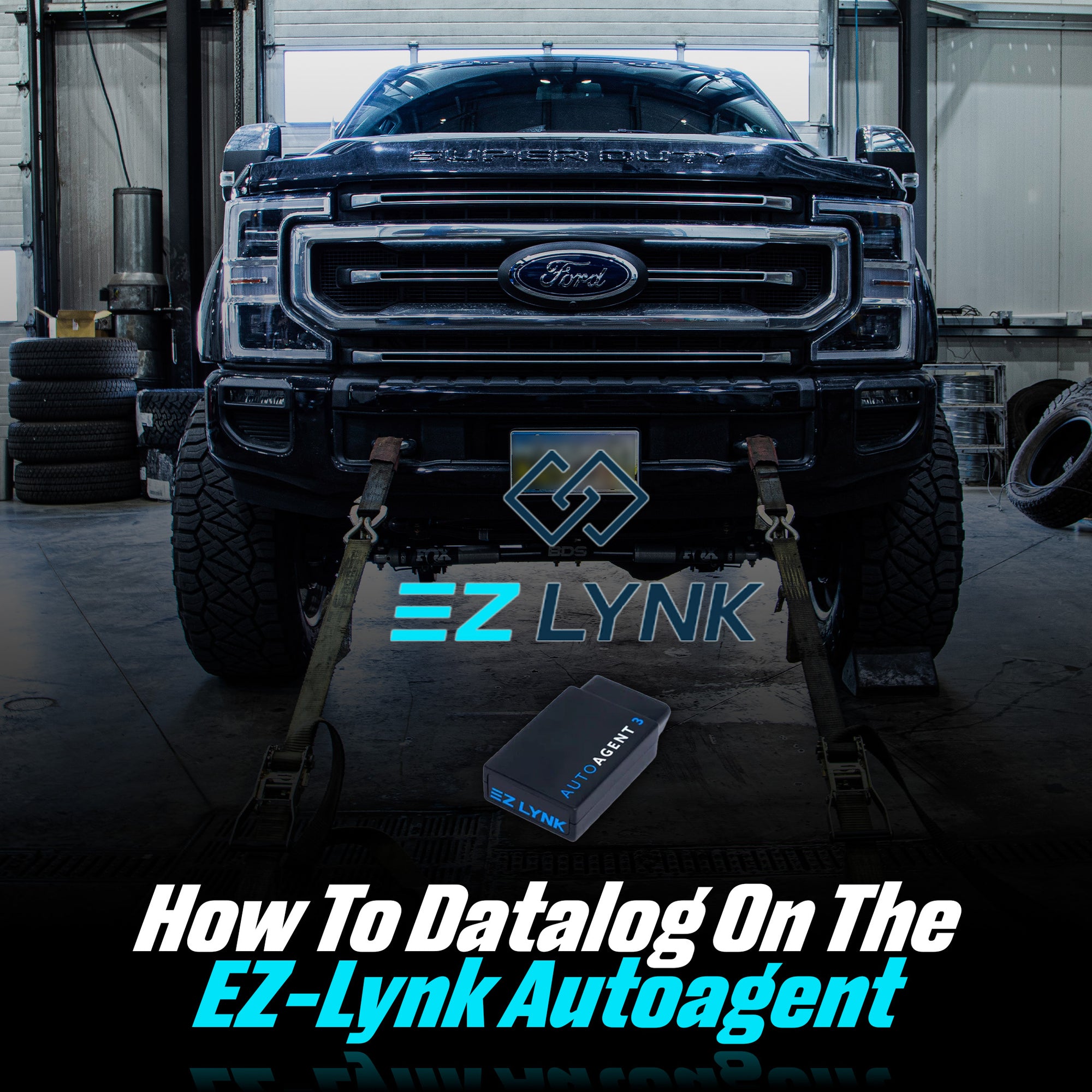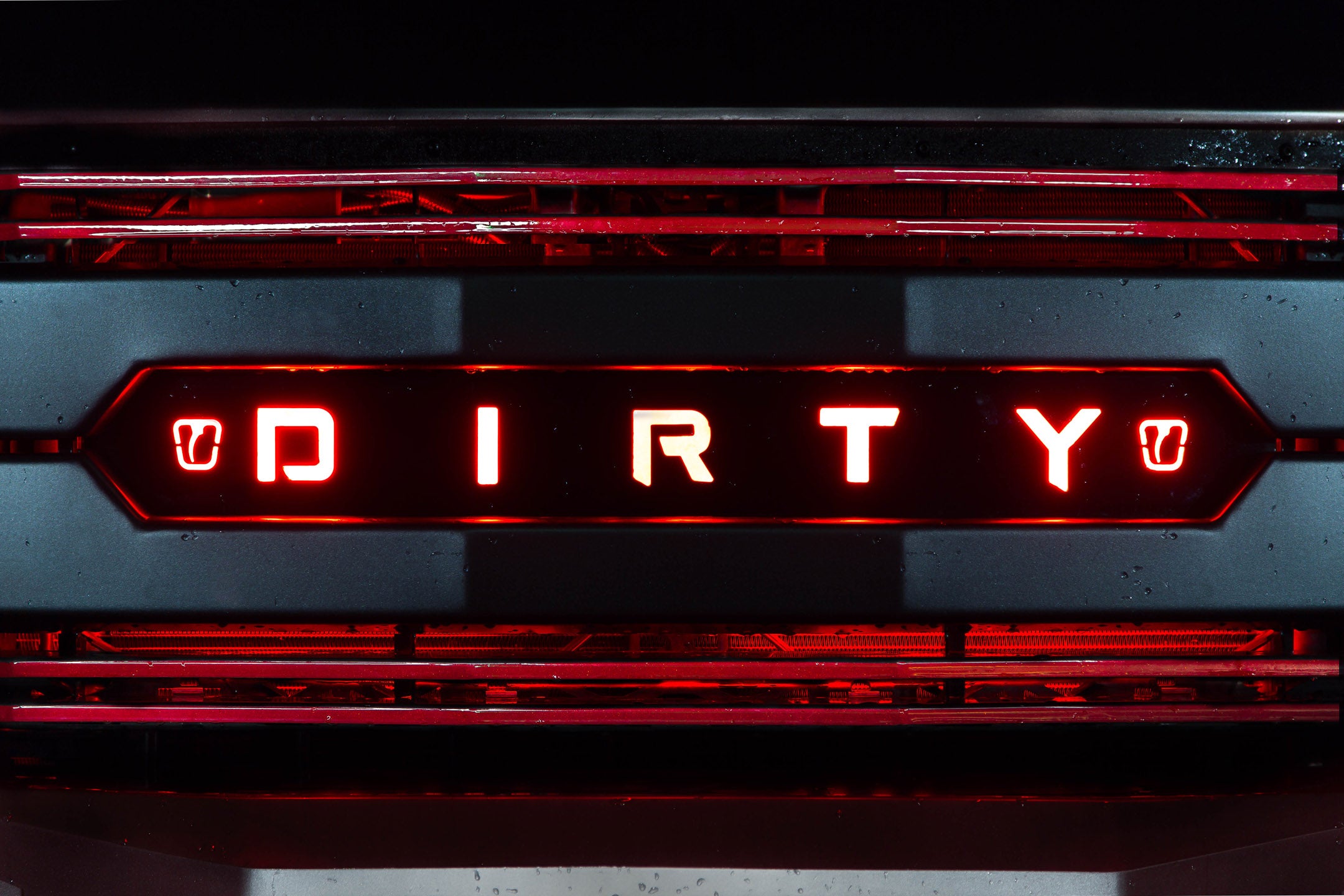Tire Sizing
When increasing wheel sizes, it's crucial to select the right tire size to maintain proper fitment and ensure optimal performance. The tire size is typically represented by a combination of numbers, such as P265/70R17, where each number has a specific meaning:
- Width (265): The first number indicates the width of the tire in millimeters. It represents the distance between the outer edges of the sidewalls when the tire is mounted on the recommended wheel width.
-
Aspect Ratio (70): The aspect ratio indicates the height of the sidewall as a percentage of the tire's width. In this example, the sidewall height is 70% of the tire's width.
-
Construction Type (R): The letter "R" stands for radial, which is the most common tire construction type in modern vehicles.
- Wheel Diameter (17): The last number represents the diameter of the wheel in inches that the tire is designed to fit.
Load Capacity and Load Rating
When upgrading wheel sizes, it's essential to consider the load capacity and load rating of the tires. The load rating indicates the maximum weight a tire can safely carry. As trucks with Duramax engines are often used for towing and hauling heavy loads, it's crucial to choose tires with an appropriate load rating to handle the added weight.
The load rating is typically represented by a numerical value and a letter code, such as 120/116S. The numbers represent the load index, which correlates to a specific weight capacity. The higher the load index, the higher the weight capacity of the tire. The letter code indicates the tire's maximum speed rating.
Consult the truck's manufacturer or a tire specialist to determine the appropriate load rating based on your vehicle's weight and intended usage.
Speed Rating
The speed rating indicates the maximum speed at which a tire can safely operate. While speed ratings may not be the primary concern for trucks, it's still important to choose tires with an adequate speed rating to ensure safety and performance.
The speed rating is represented by a letter code, such as S, T, H, V, or Z. Each letter corresponds to a specific maximum speed rating. For example, an "S" rating corresponds to a maximum speed of 112 mph (180 km/h), while a "Z" rating indicates a maximum speed above 149 mph (240 km/h).
Consider your driving habits and local speed limits when selecting the appropriate speed rating for your tires.
Plus-Sizing
One common practice when upgrading wheel sizes is "plus-sizing." This involves increasing both the wheel diameter and the tire size while maintaining the overall diameter of the tire.
Plus-sizing allows for a larger contact patch, which can improve traction and handling. However, it's crucial to ensure that the overall diameter of the tire remains close to the original diameter to avoid speedometer inaccuracies and interference with the vehicle's suspension components.
Another important thing to consider is a proper wheel to tire ratio. For example, if you have a tire that is significantly wider than the rim it is on, this can cause improper wear on the tire as it doesn’t have the support it needs from the rim.
For example if you are running 35x12 1/2 wide tires. It is highly recommended that you fit them on no smaller than a 9” wide rim.
When plus-sizing, consult a tire specialist to ensure the proper fitment and maintain the overall diameter within an acceptable range.
Tire Pressure Monitoring System (TPMS)
Many modern vehicles, including Chevy and GM trucks, are equipped with a Tire Pressure Monitoring System (TPMS) that monitors the tire pressure and alerts the driver if it falls below a certain threshold.
When upgrading wheel sizes, it's important to ensure that the new wheels are compatible with the TPMS sensors (Assuming you still want to use your TPMS system). In some cases, the existing TPMS sensors can be transferred to the new wheels, while in other cases, new sensors may be required.
Consult with a professional installer or dealership to ensure proper integration of the TPMS sensors with the new wheels.
Remember, consulting with a tire specialist or a professional installer is highly recommended to ensure the proper fitment, tire selection, load capacity, and overall compatibility when upgrading wheel sizes on your truck. They have the expertise and knowledge to guide you through the process, taking into account specific vehicle requirements and your desired outcome.
Conclusion
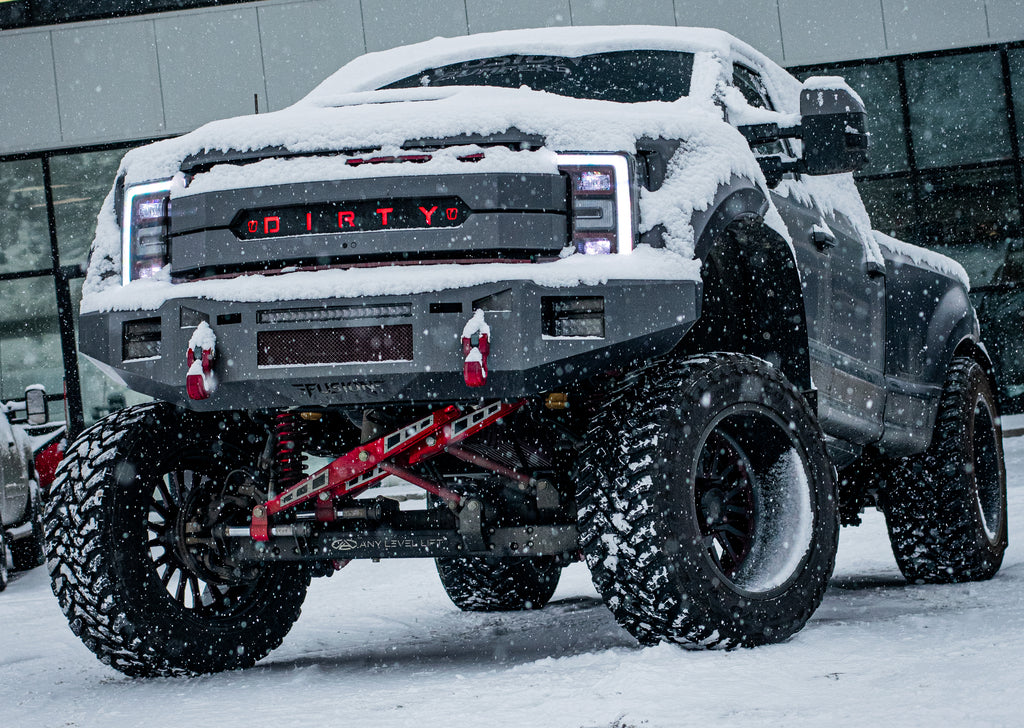
By carefully considering tire sizing, load capacity, load rating, speed rating, and other important factors, you can achieve an upgraded wheel and tire combination that not only enhances the aesthetics of your truck but also maintains optimal performance, handling, and safety.
Now no good set of tires is complete without a kick ass set of wheels for them to go on. So if you want to get those extra 100HP out of your wheels, and make your truck a head turning powerhouse, we recommend a set of Dirty Forged Wheels. Guaranteed for at least a boost of 50HP each!

